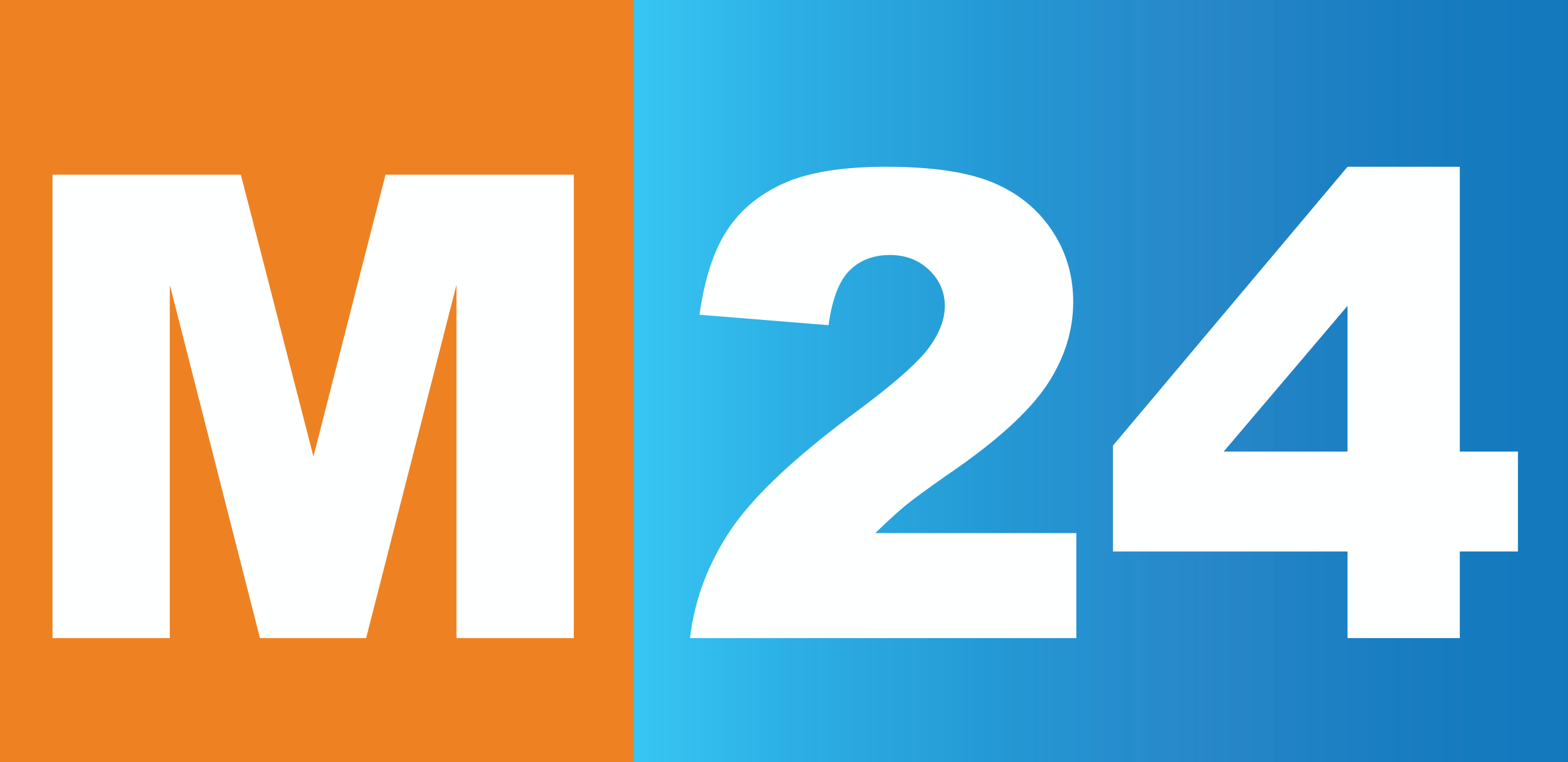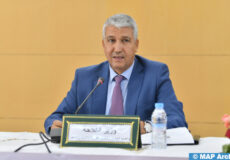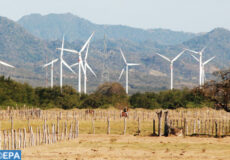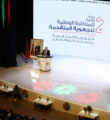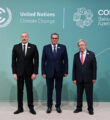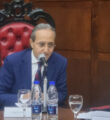World Bank Backs Morocco’s Disaster and Climate Resilience
Washington – The Morocco Integrated Disaster Risk Management and Resilience Program, launched by the World Bank, has helped strengthen the country’s disaster and climate resilience.
The Program promoted the development of a national Disaster Risk Management (DRM) strategy, the World Bank said in a statement.
According to the same source, the Program has supported structural risk reduction investments for more than 174,000 beneficiaries, insuring close to 9 million people against bodily injury in catastrophic events, and establishing a solidarity fund benefiting close to 6 million of Morocco’s poorest and most vulnerable people.
To address the challenge of intensifying disaster and climate risks in Morocco, the project has sought to improve the institutional frameworks to finance disaster risk reduction activities and strengthen financial resilience to natural disasters for targeted populations, the source added.
To achieve those objectives, the World Bank has relied on a mix of finance and technical assistance.
Two IBRD loans finance a comprehensive Program-for-Results (PforR), the first time this financing instrument has been used by the World Bank for DRM operations. The program promotes institutional reforms and capacity building, scales up disaster risk reduction investments, and supports an innovative, catastrophic risk insurance regime involving both the public and private sectors. All these areas of work have benefited from World Bank technical assistance and capacity building.
The “Vigirisque” project, led by the Natural Risk Management Directorate, received funding from the Fund for the Fight against the Effects of Natural Disasters (FLCN), which is supported by the World Bank, said Achraf Hadine, Head of the National Center for Risk Forecasting, Natural Risk Management Directorate, as quoted in the statement.
It is implemented in four pilot provinces and aims to improve flood risk management in the Kingdom of Morocco, he added, noting that the project is carried out in close collaboration with the General Directorate of Meteorology (DGM), the Directorate of Water Research and Planning (DRPE), as well as the four hydraulic basin agencies and pilot provinces.
“It essentially aims to set up an integrated risk management support system articulated around a national center and provincial operational centers to monitor flood risk, as well as support authorities responsible for emergency response with the implementation of preventive actions”.
With its focus on strengthening disaster risk management and disaster risk finance, the program is directly contributing to Morocco’s CPF Objective 10, which aims to “enhance adaptation to climate change and resilience to natural disasters.”
The program has enhanced Morocco’s climate change adaptation and resilience to natural disasters, said the Washington-based institution, which cites the redesign of Morocco’s Fund for the Fight against Natural Catastrophes (FLCN) from an emergency response vehicle into a national resilience fund.
As of March 2022, the fund had supported 180 disaster risk reduction projects, for a total investment volume of US$304 million, with FLCN co-financing of US$111 million.
In February 2021, Morocco’s first National Disaster Risk Management Strategy (2021–2031) was prepared under the leadership of a newly created DRM Directorate within the Ministry of Interior.
The program also enabled the adoption in 2018 of an innovative disaster risk insurance regime (Law No. 110-14), which became effective in January 2020, it said.
Until program closure (expected on December 31, 2023), the program will continue to work on improving the impact of disaster risk reduction projects financed through the FLCN and to support the operationalization of the new DRM Directorate. The DRM Directorate will ensure the sustainability of the progress achieved by the program, since the Directorate will act as the key coordinating institution on DRM and supervise the implementation of the national DRM strategy.
